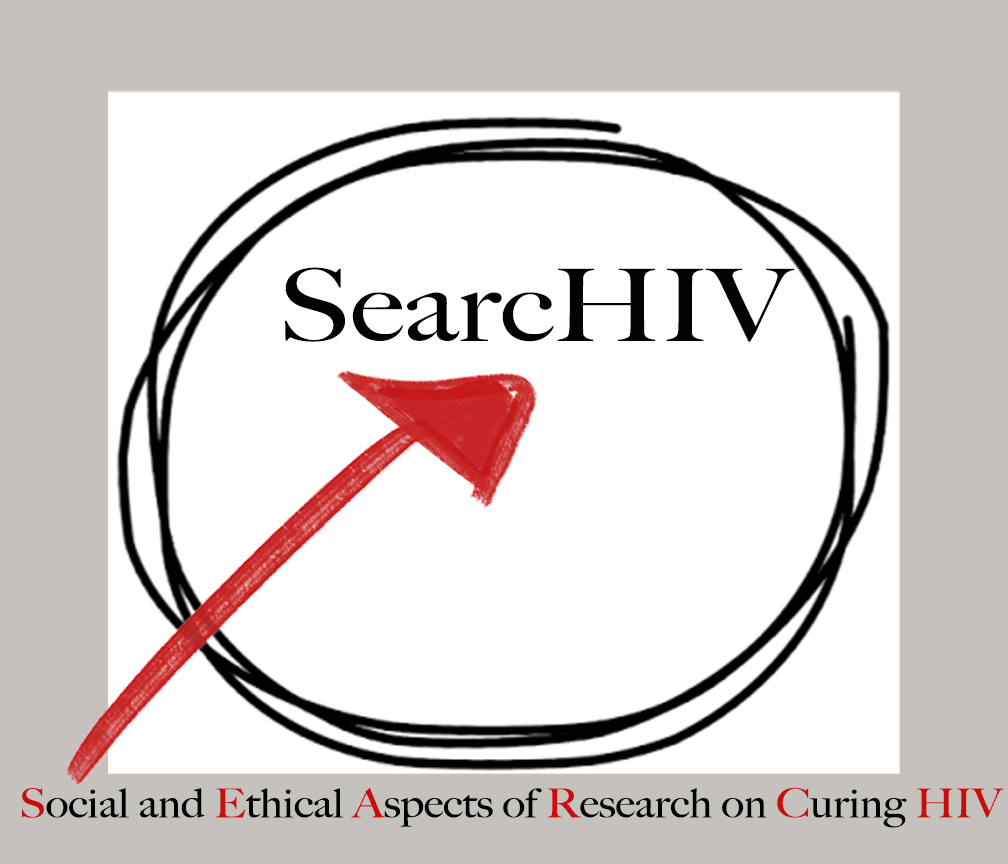By MaryBeth Grewe, MPH; Tamara Taggart, MPH
HIV is a common topic of discussion on many social media platforms, and increasingly, social media is being used as part of interventions promoting HIV prevention or treatment. We were aware of this common use- but to our knowledge, there hadn’t been any studies seeking to describe or categorize social media use in this way. This prompted us to do an investigation of our own- a systematic review of uses of social media related to HIV communication. The resulting paper- Social Media and HIV: A Systematic Review of Uses of Social Media in HIV Communication– was published in JMIR last month, and is available open access.
For our review, we searched seven different databases to find all papers published before February 2014 that contained certain key words (HIV, Social Media, Social Networking, etc.). We then went through a series of reviews, looking at titles, abstracts, and eventually the entire paper, to assess relevance to our question—characterizing social media use to communicate about HIV. We excluded articles that didn’t meet our criteria, so that only the most relevant articles remained. In the end, we identified 35 research studies to review, and we explored a variety of characteristics of the social media platforms discussed.
In these studies, the people using social media platforms to talk about HIV were diverse; however, we found that most were between the ages of 18-40. The social media platforms described served a variety of purposes, such as sharing health information or allowing users to support one another and share their experiences. The papers described many benefits to using social media to communicate about HIV, including users having easy access to information, being able to reach people in different geographic areas, and the fact that users can be anonymous. At the same time, the studies pointed out some disadvantageous to using social media to talk about HIV, such as issues with technology and concerns about privacy or confidentiality.
Our review highlighted some of the very promising aspects of using social media to communicate about HIV. The diversity of users in the papers illustrates social media’s ability to reach many different types of people- including vulnerable populations, like men who have sex with men. However, while the papers we reviewed described many benefits to social media use, they reported on many different types of outcomes. The diversity in outcome measures reported makes it difficult to draw any overall conclusions about how these platforms may affect HIV prevention or treatment. Because social media use is so widespread within the HIV/AIDS field, it is important that we learn more about how it might lead to different health or psychosocial outcomes. Social media is a powerful tool, and future research is needed to help identify how it can be most effective.

